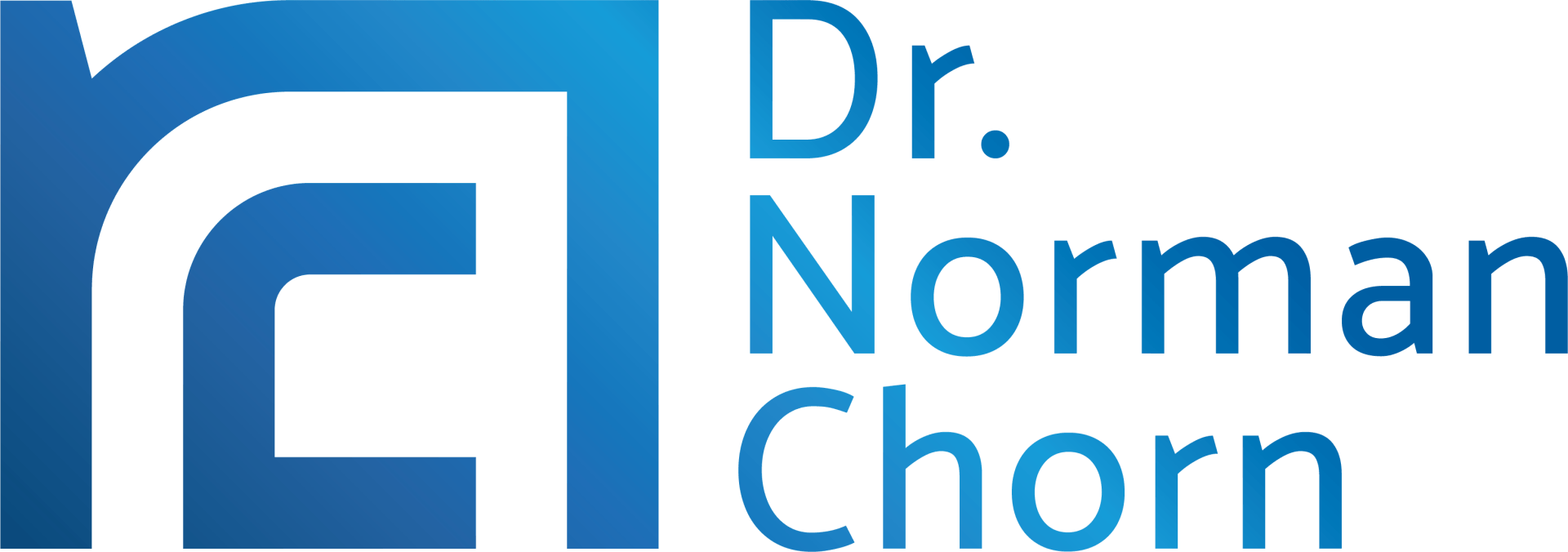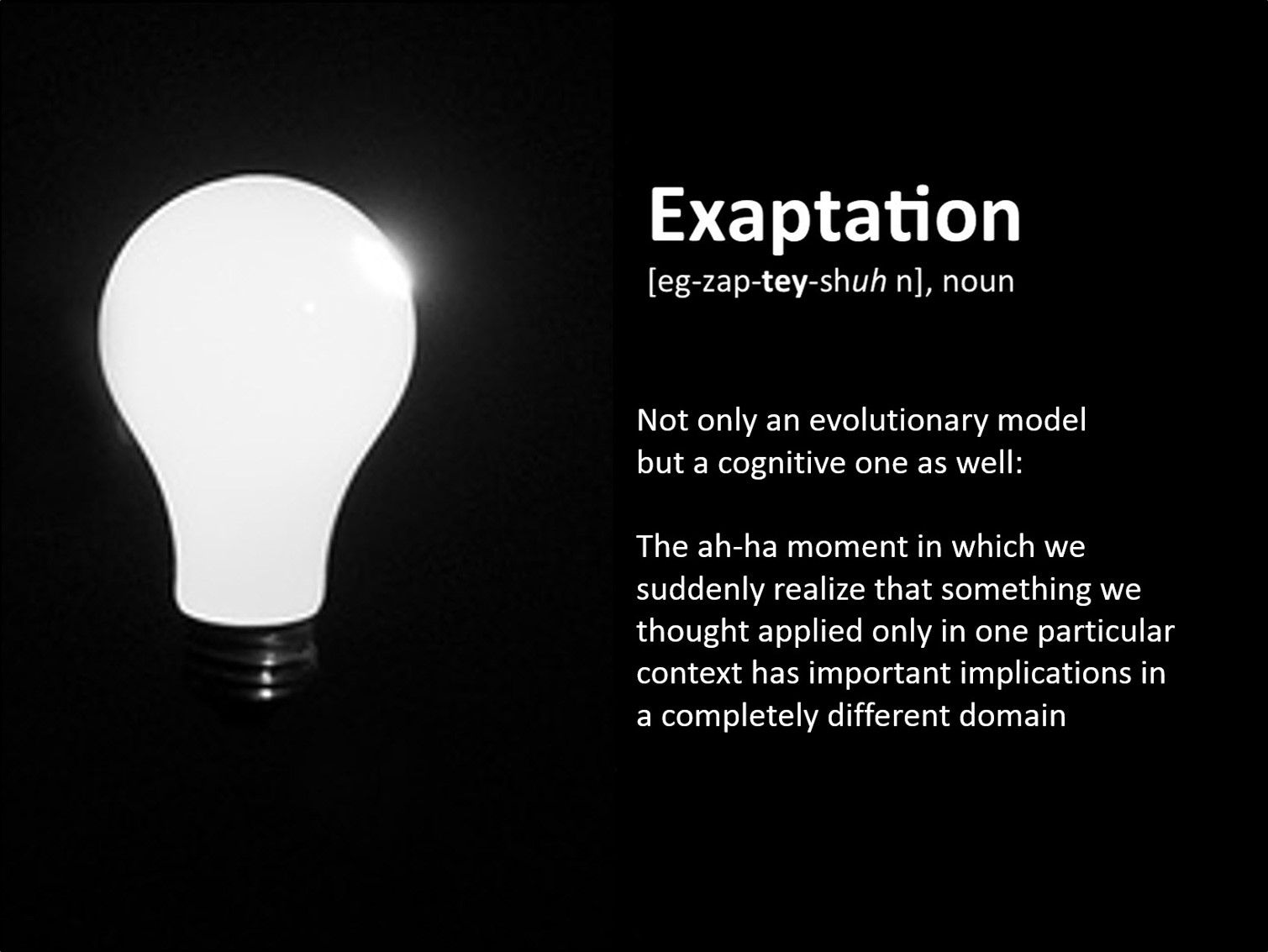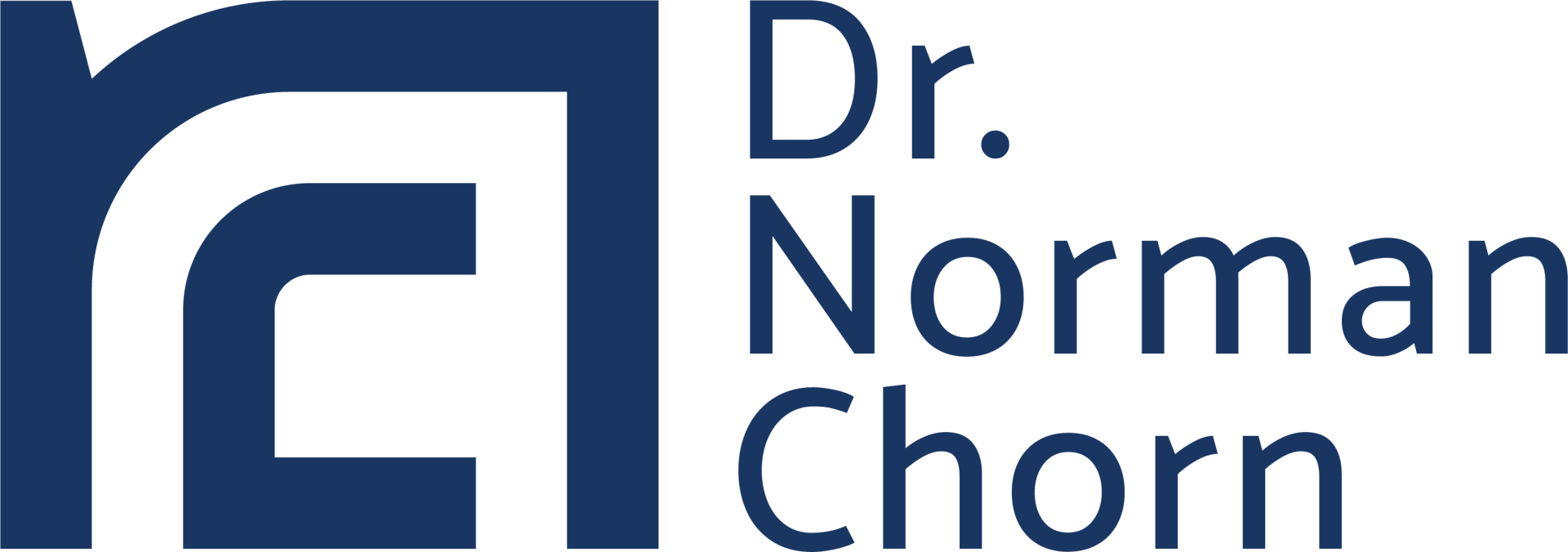Resilience is not an evolutionary process
During 2020/1 we undertook a research program to understand the characteristics and drivers of organisational resilience (1). This led to the development of a successful program to develop Strategic Resilience in organisations — the Organisation Resilience Action Learning program (ORAL).
Through our experiences in running this program for a wide variety of organisations, we discovered three important underpinning principles that were reflected in these organisations and their leaders. This article outlines these principles.
Importantly, we also discovered that the development of organisational resilience is not an evolutionary process. Instead, it is developed by co-opting and adapting organisational functions for purposes other than which they were created.
This process is called “exaptation”.
Why “Exaptation” is the driving force
Exaptation is the process whereby a capability develops by means other than natural selection. While natural selection describes the natural evolution process in which those that are better suited to their environment pass on their genes (capabilities) to the next generation, exaptation occurs when an existing function is adapted to perform another purpose (2).
The distinction may not seem important at first. But the crucial difference is that exaptation is a process that does not happen naturally through natural selection. Instead, it occurs opportunistically.
In other words, it occurs because someone has seen the opportunity to deliberately do something in order to exploit a situation — to gain some form of advantage.
Why apply Exaptation to Strategic Resilience?
It would seem that strategic resilience has not evolved naturally through continuous improvement. Strategic resilience has developed as a result of deliberately co-opting and adapting certain organisational functions and structures — and then using them to help the organisation thrive and develop.
There are two issues that are important here:
- Current organisational processes and functions are used in different ways to which they were originally conceived
- Exaptation is a deliberate change in the way this process or function is used.
Given these issues, we can explore strategic resilience by way of three underlying principles that deal with best practice, learning and control.
Principle 1: Best practice may no longer suffice
Due to the complexity and uncertainty in our environment, the relationship between ‘cause’ and ‘effect’ becomes less clear and changes continuously. What has worked in one situation is no longer a guarantee of success in another — hence the use of ‘best practice’ is no longer a success formula in complex and uncertain environments.
It is easy to conclude that ‘best practice’ has little use in these complex and uncertain times (3). However, it is probably more accurate to say that successful leaders in complex situations have moved past a simple reliance on best practice, and instead use it as a reference point to develop a unique solution. This is analogous to the way a writer uses a library, or a researcher studies past theories before developing their own breakthrough approach (4).
So, best practice may be a necessary, but insufficient, requirement for achieving strategic resilience.
Changing the best practice view of uncertainty
For a long while, best practice with regard to uncertainty has been to treat it as a risk, and to develop strategies for its mitigation. It was seen as a threat to the strategy, a disruption in the ability of the organisation to plan ahead.
However, when examining uncertainty and risk more closely, we see that they are quite different.
Risk is expressed with mathematics, usually viewed as the probability of something bad happening — a core foundation of insurance. Uncertainty, on the other hand, does not involve probabilities — it simply means not knowing about the future.
In this sense, uncertainty may be better understood as a space in which several options (or opportunities) exist. Given this, uncertainty can be quite generative (5), providing the context for different efforts and different possibilities. This is the approach adopted by foresight and scenario thinking — the practice of understanding and exploring the future in order to develop future strategy.
Rather than treating uncertainties as risks, scenario thinking uses uncertainties as dimensions with which to construct alternative scenarios of the future. This enables leaders and organisations to prepare the necessary capabilities for the organisation to grow and thrive in the future. In this way, uncertainties are the foundations we use to construct the context for discovering new opportunities for future growth.
In our ORAL program, we directly apply this adapted view of uncertainty by demonstrating how to identify the key uncertainties in your environment, and then to use these to build alternative scenarios of the future. This guides your organisation in the development of capabilities and strategies necessary to thrive in an uncertain future environment.
Principle 2: Unlearning and relearning is the new wisdom
The shifting nature of conditions in our environment means that the ability to learn new skills — and abandon those that may be outdated and less useful — will become ever more important for successful leaders. Indeed, some call this ability to unlearn and relearn the ‘new wisdom’ (6).
Related to the previous concept that 'best practice’ sometimes represents past practice, the concept of learning has become a well-established foundation for individual and organisational success (7). With the increasing pace of change, there is a need to more rapidly let go of previously established doctrines and learn new approaches.
Adam Grant encourages us to keep an open mind, to continuously test our assumptions and to rethink our views and opinions. He terms this ability to shift our perspectives when the circumstances change, as the new wisdom.
Rethinking and relearning strategy
A good example of this unlearning and relearning principle is the changing view of strategy in organisations. Traditionally, strategy has been viewed as a positioning exercise. Under this approach, the purpose is to position the organisation and its products to gain a competitive advantage. This is usually operationalised by setting key objectives and measuring progress towards these.
In complex and uncertain conditions, strategy has been adapted to focus on learning. In this approach, the purpose of strategy is to explore and understand the market, and then to develop the capabilities necessary for success.
The critical difference is that under the positioning approach, objectives are set at the outset before we engage the market, while the learning approach allows the objectives to emerge as the market is engaged.
‘Strategy as learning’ recognises that we cannot address a complex (and therefore uncertain) market until we engage it, develop the necessary insights and only then respond with appropriate objectives and actions. To achieve resilience in complex and uncertain environments, strategy has become a process of ‘engage-learn-respond’.
This is a critical element of our ORAL program. Our module on strategy thinking demonstrates that the characteristics of a complex and uncertain environment demand a different approach to strategic thinking and planning for the future. Accordingly, we focus on the development of strategic insights and the appropriate use intuition. This involves an understanding of the role that our brains play and how leaders can develop new cognitive pathways to enhance strategic thinking.
Principle 3: We cannot control or know everything
If evolutionary psychology has taught us anything, it is that humans share a series of basic instincts that manifest often in social and organisational settings. This includes behaviours such as using emotions rather than reason; being naturally averse to loss or defeat; and seeking to classify things and people into generic classes rather than analysing them deeply.
Research in neuroscience has sharpened our understanding of these behaviours by emphasising our brain’s tendency to move away from danger as well as its preference for security and certainty. This is often manifested by people’s fear of an uncertain future.
In addition, if we examine the origins of ‘organisation’, we find that the very concept of an organisation was based on the need to reduce complexity and uncertainty in the environment (8).
Given this, we can understand why there is a natural tendency to avoid or even eliminate uncertainty by controlling and knowing as much as possible in situations of complexity and uncertainty. The motivation for control in these situations is to protect oneself, our people and the organisation. The intention is to prevent the external disturbance and change from damaging the organisation — to insulate and protect it from disruption.
Adapting the use of control to achieve strategic resilience
Rather than seeking to direct and control the organisation to resist disruption, new thinking on resilience suggests instead that we control and use disruption to build new capability in the organisation. In a sense, we are using the disruptive energy as a means of developing the organisation. This has become known as the ‘anti-fragile’ approach[(9).
‘Anti-fragile’ practices challenge many traditional organisation design and development conventions. For example, rather than seeking to streamline organisational processes and eliminate duplication, anti-fragile practices encourage deliberate redundancy to create multiple decision-making nodes and parallel processes in situations where the consequence of failure are high. An everyday example is the use of dual braking systems in modern cars.
This achieves several benefits such as diversity of thinking, higher levels of flexibility in the organisation, and the ability to learn from errors and local failures without damaging the entire organisation.
Organisational control has been adapted from a process that ensures rigid adherence to standard procedures, to one that allows the organisation to learn from disruption throughout the organisation and develop improved capability as a result.
The concept of anti-fragility is an important element in the ORAL program. We demonstrate the practical use of anti-fragility in the spheres of organisational process and structure as well as leadership practices. The Agile process is explained through the lens of anti-fragility and we outline a practical approach to launching such an exercise in your organisation.
Building anti-fragility becomes one of the key leadership challenges of today.
Strategic resilience through exaptation
We have observed that the adapted use of these principles are generally in evidence where strategic resilience is found.
These principles have not evolved naturally through a process of natural selection, but rather by having been deliberately co-opted and adapted to serve other purposes in the organisation.
Our ORAL program — through a process of action learning — demonstrates how these approaches might apply in development, design and leadership of organisations.
In the same way as the origins of exaptive processes are not yet settled in biology (10), it is unclear how these practices were formed in the study of strategic resilience.
However, that are worthy of our attention and focus as we strive to develop greater resilience for ourselves and our organisations in these challenging times.
References
(1) The ability of an organisation to recognise and adapt to disruptive change so that it continues to thrive and grow.
(2) Biological examples of exaptation include the use of feathers, which were originally developed for thermal protection, for purposes of flight in birds. Or dogs licking the faces of their human owners, which developed from the practice of wolves licking the face of the alpha male to signify submission. This evolved through the domestication of dogs.
(3) David J. Snowden, Mary E. Boone, "A Leader’s Framework for Decision Making", Harvard Business Review, November 2007.
(4) I thank my client Nicolas Poncelet, a senior leader in Bosch AG, for this insightful analogy.
(5) Kurt Wilson, “Uncertainty is an Opportunity”, Effect X, June 2020.
(6) Adam Grant, “Think Again: The Power of Knowing what you don’t Know”, Viking Books, 2021.
(7) Peter Senge, “The Fifth Discipline”, Deckle Edge, 2006
(8) Thompson, James D. (2003) [1967]. Organizations in Action: Social Science Bases of Administrative Theory. Transaction Publishers.
(9) Nassim Nicholas Taleb (2012), Antifragile: Things that Gain from Disorder, Random House
(10)
Telmo Pivani and Emanuele Serrelli,
Exaptation in human evolution: how to test adaptive vs exaptive evolutionary hypotheses,
Journal of Anthropological Sciences, vol 89, 2011.
About the Author
Dr Norman Chorn is a highly experienced business strategist helping organisations and individuals be resilient and adaptive for an uncertain future. Well known to many as the ‘business doctor’!
By integrating the principles of neuroscience with strategy and economics Norman achieves innovative approaches to achieve peak performance within organisations. He specialises in creating strategy for the rapidly changing and uncertain future and can help you and your organisation.
Subscribe to our regular articles, insights and thought leadership




